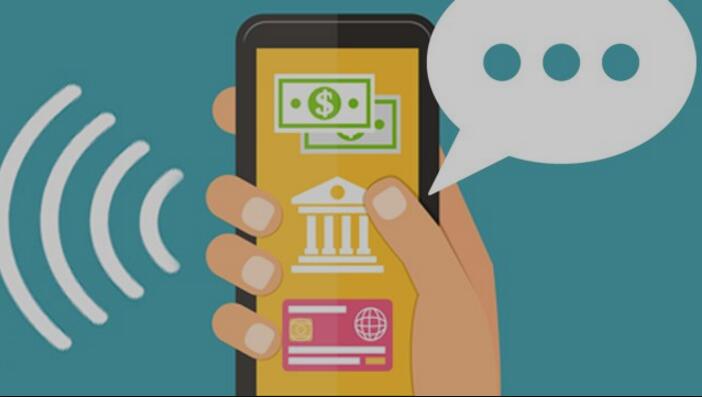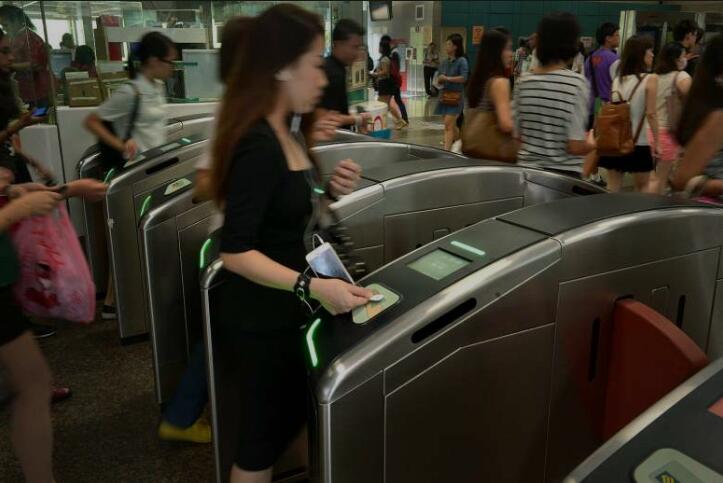
Mobile payment refers to a way for users to make payments through devices such as mobile terminals. It is an important basis for mobile e-commerce advantages to be realized when users conduct business activities anytime and anywhere.
NFC (Near Field Communication) is a short-range high-frequency wireless communication technology. It uses this technology for near-field payment, and has the characteristics of short application distance and fast response time. Compared with infrared, QR code, sound wave and other payment methods, NFC is less restricted by the external environment and is regarded as a relatively mature mobile near field payment solution.
The composition of the mobile payment industry chain
Mobile payment is a complex system involving mobile operators, payment service providers, application providers, equipment providers, financial institutions, merchants and consumers. The combination of various factors and collaborative relationships constitute the mobile payment industry. Value Chain. The competitive relationship among the members of the mobile payment industry chain determines the complexity and variability of the mobile payment industry chain. It mainly participates in the difference in the ability of the entity to control key resources such as customers, merchants, accounts, payment channels and payment terminals, resulting in the benefits of the industry chain. The distribution principle and cooperation relationship are different, forming different mobile payment business models.
The operation mode of the mobile payment industry chain

China's NFC industry's dominant competition mainly includes SWP-SIM solutions with mobile operators as the mainstay, SWP-SD solutions with banks as the main operators, and Embeded SE solutions with mobile phone manufacturers as the main operators. The party cooperation mode mainly charges equipment and technology license fees for renting card space.
The serious industry chain dominance competition led to the excessive fragmentation of the NFC industry chain, and the lack of rigid NFC payment service support led to the lack of user habits in all three programs, which could not be widely promoted, making the N F C industry unable to form a synergy. All parties in the industry chain should enhance the use of mobile payment expectations and market awareness through rigid services, optimized experience, resource sharing, compatibility and cost rationalization, thereby prompting users to form path dependence and gradually build a harmonious ecosystem. The mobile payment industry of the environment.
Establish product positioning for NFC transportation cards
The traffic card is in line with the mobile payment small-scale and high-frequency usage scenarios. It can cultivate the usage habits and attract passenger flow for the NFC card. It is an important content provider for NFC mobile payment, and aggregates the passenger flow for the NFC card "space building", thereby enhancing the NFC card. Rent on the market and drive consumption.
The successful mobile payment business model should be based on the premise of adapting to the development environment of the mobile payment industry, and taking into account all the links in the mobile payment industry chain, the model of benefit sharing and interest balance.
NFC transportation card industry value chain
The transportation card company realizes the touch network by constructing the mobile payment trusted service platform TSM (or the air card front-end platform), and realizes NFC traffic card mobile payment by opening the operator and the full terminal link. TSM mainly includes data preparation module, KMS (key management module), over-the-air distribution management, inventory management, applet application management and external TSM link construction.
Analysis of the Value Change of NFC Transportation Card and Traditional Transportation Card
The virtualization of the physical transportation card changes the behavior of the user's use of the card, and manages the virtual card through the mobile phone client, which generally reduces the brand and media value of the traditional physical card, and the user's use behavior is originally held by the physical traffic. The card ride becomes a tool for the mobile client. At the same time, the mobile client achieves user bundling by downloading the virtual card, fostering client activity.
NFC mobile payment has become a trend. Transportation card companies need to objectively recognize their own value while exploring a path suitable for the development of transportation card companies. At the same time, they can promote the common development of all partners in the industry chain and realize business transformation.